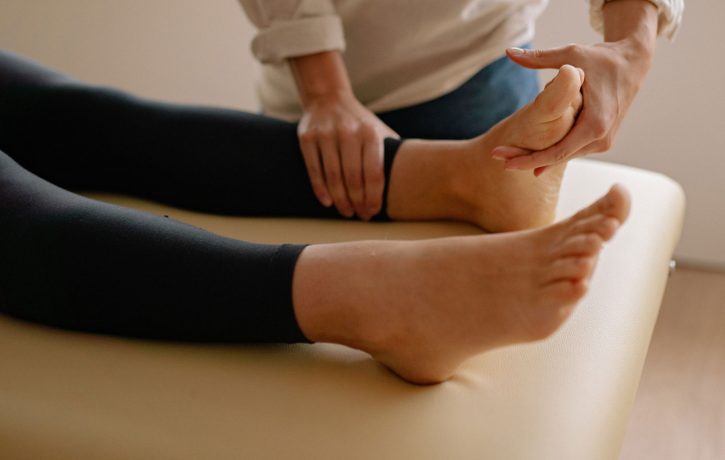Common Tendinopathy Sites

Theoretically, any tendon in the body can develop pain, however the reality is that certain tendons seem more prone to tendonitis than others.
In the lower limb we have the achilles tendon at the heel, the patellar tendon under the knee cap and the gluteus medius tendon on the outside of the hip which are the most common, but there also perineal ( lateral ankle) and pes anserine ( medial knee) tendiopathies that we need to be mindful of.
The upper limb has the classic tennis and golfers elbow, long head of biceps and rotator cuff tendinopathies but again tendon pain could affect the wrist and fingers.
Now the typical presentation of a tendinopathy can be either a sudden or gradual increase in sensitivity and pain that may or may not be activity related and may or may not be more sensitive after periods of rest. Basically, they can present in multiple ways but diagnosis is made by asking the right questions and identifying and localising the sensitive spot and use anatomical knowledge to identify the structures involved.
Management of tendinopathies can feel diverse but it is essentially split between symptom management and rehabilitation.
Symptom management can be more complicated and the more pain someone is in means they can do less of the rehabilitation exercises so the process can be prolonged and drawn out.
It is essentially imperative to exercise a tendinopathy and pain up to a 5 out of 10 is considered perfectly safe. Convincing someone in pain to exercise can be challenging but ultimately rest and avoidance does these conditions no long term good at all and will be detrimental to overall tissue health the longer we avoid things that aggravate the pain. We just need to be mindful of how painful it is as I don’t want my patients to suffer unnecessarily.
Diagnosis, education, symptom management and rehabilitation are the ways to tendon recovery so let The Body Matters lead you down the road.
This article was written by Matthew Oliver M.Ost DO ND. Osteopath.
- How Pushing Too Hard Can Affect Your Health - 23rd April 2025
- Finding Hope and Comfort Through Pain - 21st March 2025
- Non-Pharmacological Solutions for Managing Pain in Parkinson’s - 19th February 2025
